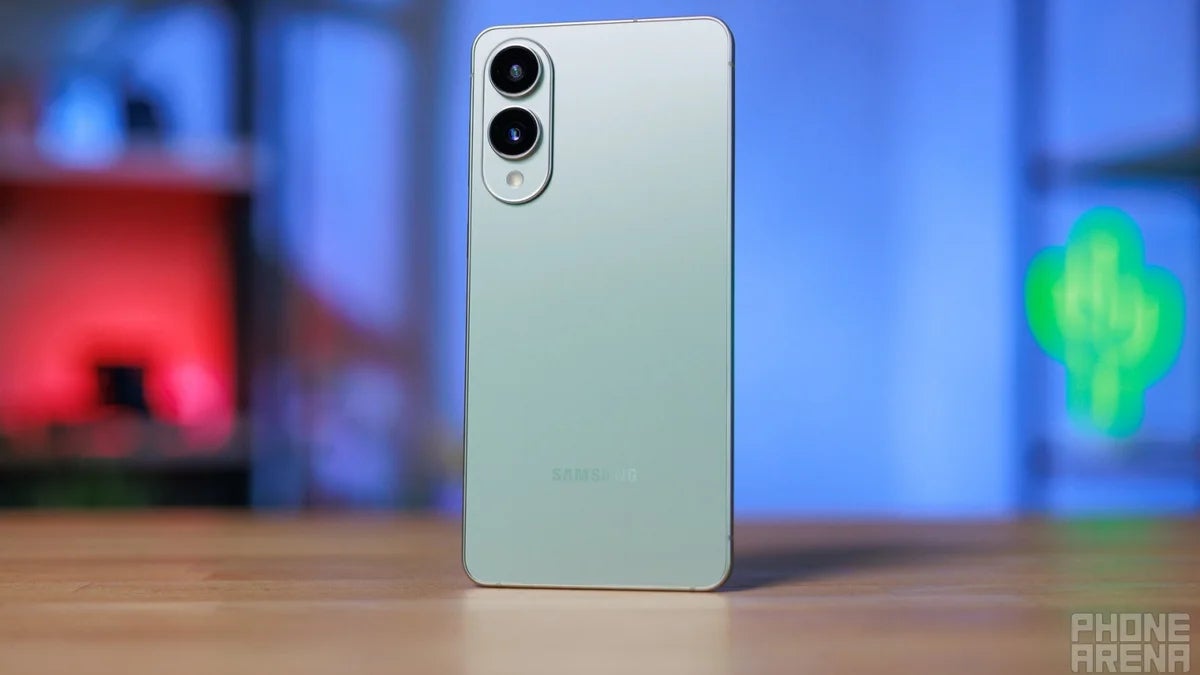Rita El Khoury / Android Authority
Maybe it’s just the sheer number of phones that cross my desk, but I have a love-hate relationship with USB-C. It’s great that I can charge my headphones, laptop, and latest Android smartphones with the same plug, but figuring out whether my gadgets are actually charging optimally is often just a matter of shrugging and hoping for the best.
As I’ve whined about countless times, USB-C still has too many different flavors for fast charging. Whether that’s proprietary options like OnePlus’ SuperVOOC or Xiaomi’s HyperCharge, standard USB Power Delivery, or one of the newer USB PD PPS modes, with umpteen phones flying across my desk each year, keeping track of exactly what I need to charge each one efficiently is near impossible. Throw in the complication of 3A, 5A, and 6A USB-C cables, and there’s little hope for consumers to understand why their phone might be charging slowly — even I have to resort to my trusty power meter.
Android tries to help, at least somewhat, by letting you know whether your charger is delivering a decent level of power. I’m sure you’ve all clocked your phone’s “fast charging” or “X minutes to full” lockscreen text snippet. While showing the time remaining is helpful for gauging whether you’re charging unusually slowly, it doesn’t help users diagnose why things might be off.
Between plugs, protocols, and cables, it’s very difficult to know if your phone is charging optimally.
Android 15 improved the setup a little for Pixel phones by boosting its “fast” charging snippet from a pitiful 7.5W to a modest 20W. However, the variation of user-facing prompts across phone brands remains inconsistent, if I’m being polite, because the setup is completely open for brands to flavour how they want. To illustrate just how messy it is, I tested four phones with four USB-C chargers and logged what each one reports on the lockscreen and the actual power level.
| Basic USB-A | Fast USB-A | 30W USB-C PD | 240W USB-C PPS | |
|---|---|---|---|---|
|
Galaxy S25 Ultra |
Basic USB-A
N/A |
Fast USB-A
“Fast Charging” |
30W USB-C PD
“Super Fast Charging” |
240W USB-C PPS
“Super Fast Charging 2.0” |
|
OnePlus 13 |
Basic USB-A
“Charging” |
Fast USB-A
“Charging” |
30W USB-C PD
“Ultra-fast Charging” |
240W USB-C PPS
“Ultra-fast Charging” |
|
Pixel 9 Pro XL |
Basic USB-A
N/A |
Fast USB-A
“Charging” |
30W USB-C PD
“Fast Charging” |
240W USB-C PPS
“Fast Charging” |
|
Xiaomi 15 Ultra |
Basic USB-A
“Charging” |
Fast USB-A
“Quick Charge” |
30W USB-C PD
“Fast Charging” |
240W USB-C PPS
“Fast Charging” |
The sheer power range that Xiaomi considers as “fast charging” is just bonkers, as it’ll make over an hour of difference if you’re charging at 27W versus 90W. The Xiaomi 15 Ultra does have an entirely different lockscreen charging animation if you use a HyperCharge plug, but that arguably makes the situation even worse, as a “standard” PPS charger works just as well. Yet, the user has no way of knowing.
OnePlus isn’tmuch better, with a huge window between moderate and maximum charging power labelled as “ultra-fast.” Again, there are some extra animations for using a SuperVOOC charger for the absolute fastest speeds, but you won’t know the difference unless you have multiple chargers at hand. By contrast, Google’s Pixel 9 Pro XL makes it unclear whether you’re charging at the full 37W power level or the older, slower limit, which is hardly helpful when its 20V PPS requirements are rather niche.
One’s brand’s definition of fast is another brand’s slow.
Equally perplexing is the sheer range of power levels marked as “fast charging” across this small snippet of the Android ecosystem. Depending on which phone you’re looking at, anything between 15W and 90W could be labeled simply as “fast” but with very different implications for the time taken to charge up. Granted, most owners will likely only ever be looking at a single handset at a time, but they shouldn’t really be expected to adjust to new nomenclature when switching phones.
Looking for positives, the Samsung Galaxy S25 Ultra has the clearest definition, with a logical progression of text as you move up to faster and faster charging. I don’t think many will be aware of the difference between Ultra-fast charging 1.0 and 2.0, but at least there’s some indication to the user when they’re charging the phone as quickly as possible. It’ll be interesting to see how the brand handles the reported option of a 60W charging level for the upcoming Galaxy S26 Ultra.
Android should put everyone on the same page

Rita El Khoury / Android Authority
If they’re reading, I have some suggestions for Google’s engineers. The time-to-full estimate is a good starting point, but raising the bar for the ‘charging rapidly’ prompt is a must. 20W hasn’t been ‘fast’ for close to a decade; Android’s default should probably be set at 40W+ for ultra-fast, 18W+ for normal, and anything below that being slow. USB Power Delivery’s 18W is a standard baseline for most modern smartphones, after all.
Still, this remains quite arbitrary, as power levels change during a battery charge cycle. What starts at 37W can quickly fall to 18W yet still be labeled as “rapid,” as there’s no accounting for how long charging will really take — just which plug you happen to be using.
A smarter option would be to remove power from the picture and move entirely to a time-based calculation, allowing some leeway between handset battery capacities and charging designs. This would also allow the notification to become much more dynamic and help take the guesswork out of how fast charging really works for consumers.
Let’s take power of the picture and focus on charge times.
I would take the classic “time to full metric” and divide it by the remaining charge to give the users a clearer idea of whether the phone is currently topping up quickly or slowly. Anything taking over 1:30 from empty would be considered slow, but anything that’ll top up in under 45 minutes would be undeniably fast. Likewise, a phone on 75% battery that still has half an hour left would be slow, but just another 15 minutes to full would be quick. This way, brands wouldn’t be able to label their phones as charging ‘super fast’ when they clearly aren’t.
Android could go further with the adoption of improved battery health metrics and provide optional information beyond crude estimates — temperature information, charging protocols, and actual power levels. Any and all of these could be useful to more learned gadget users to help them identify which chargers and cables are working best for their specific device. Perhaps even use a little of that machine learning magic to make quarterly suggestions for prolonging long-term health and improving charging habits, or a toggle to let users quickly enable or disable fast charging. There are plenty of ways Android could make charging more transparent and intuitive.
But maybe I’m getting ahead of myself. I’d settle for a more robust lockscreen snippet that lets us all know when our phones are charging optimally. If OEMs can’t be trusted to do it, Google should bake it into Android itself.
Thank you for being part of our community. Read our Comment Policy before posting.








